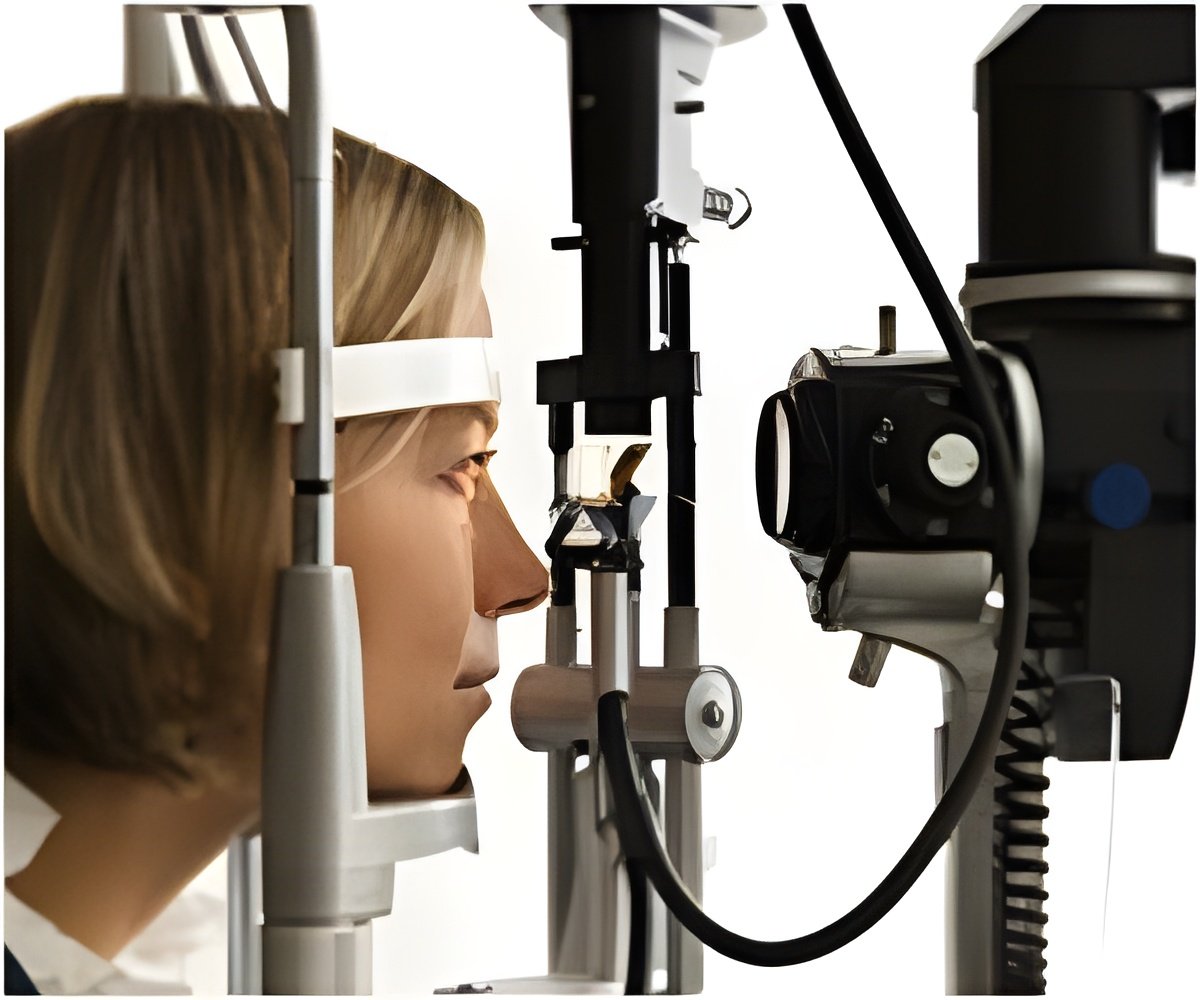
Fang Ko, M.D., of the Johns Hopkins University School of Medicine, Baltimore, and colleagues conducted a study to assess the prevalence of nonrefractive visual impairment and factors associated with risk of visual impairment. The study included data from the National Health and Nutrition Examination Survey (NHANES), a representative sample of the U.S. population. In 1999-2002 and 2005-2008, 9,471 and 10,480 participants 20 years of age or older received questionnaires, laboratory tests, and physical examinations. Visual acuity of less than 20/40 aided by autorefractor (a device for measuring a person''s refractive error) was classified as nonrefractive visual impairment.
The researchers found that prevalence of nonrefractive visual impairment increased 21 percent, from 1.4 percent in 1999-2002 to 1.7 percent in 2005-2008; and increased 40 percent among non-Hispanic whites 20-39 years of age, from 0.5 percent to 0.7 percent. In analysis among all participants, factors associated with nonrefractive visual impairment included older age, poverty, lower education level, and diabetes diagnosed 10 or more years ago. Among these risk factors, only the latter has increased in prevalence between the 2 time periods considered. Prevalence of diabetes with 10 or more years since diagnosis increased 22 percent overall from 2.8 percent to 3.6 percent; and 133 percent among non-Hispanic whites 20-39 years of age, from 0.3 percent to 0.7 percent.
"We report a previously unrecognized increase of visual impairment among U.S. adults that cannot be attributed to refractive error," the authors write. "If the current finding becomes a persisting trend, it could result in increasing rates of disability in the U.S. population, including greater numbers of patients with end-organ diabetic damage who would require ophthalmic care. These results have important implications for resource allocation in the debate of distribution of limited medical services and funding. Continued monitoring of visual disability and diabetes, as well as additional research addressing causes, prevention, and treatment, is warranted."
Source-Newswise







